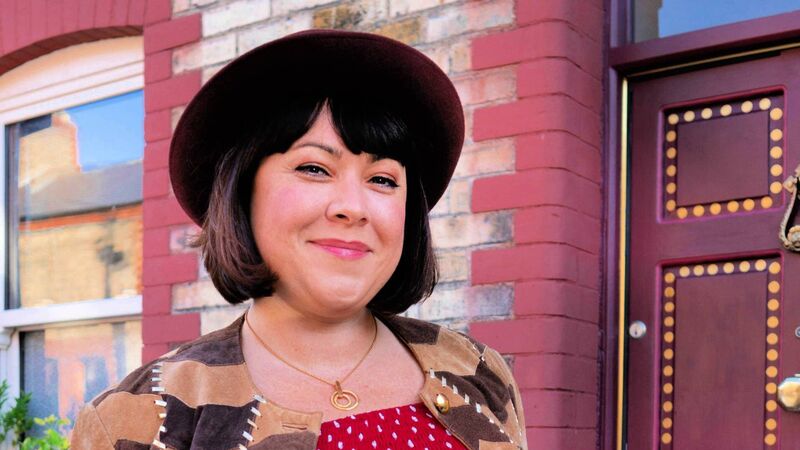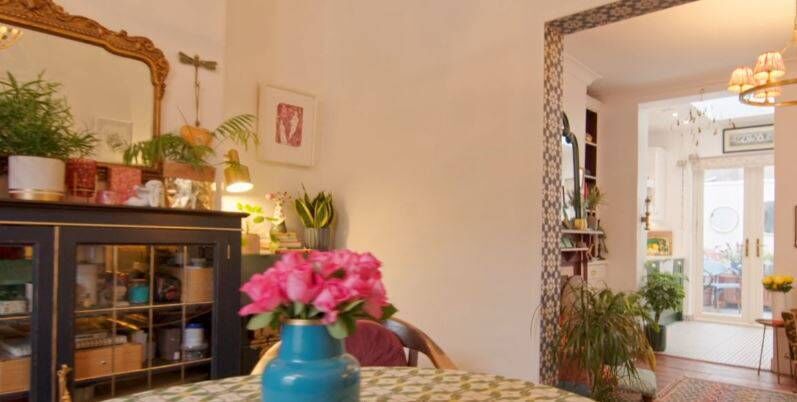Clodagh Finn: Down with austere minimalism. Home is where the clutter is

Actor Camille Lucy Ross said her home made her feel happy and calm. ‘There is always gold dots to paint on things,’ she added on ‘Home of the Year’.
HEN judges entered a refurbished cottage in Longford in the first episode of a new series aired on RTÉ last night, the camera homed in on a sign that read: “Did I just roll my eyes out loud?”


DOING a regular cull is necessary — and often cathartic — but that does not mean that we should deny the human impulse to gather, accrete, and accumulate. As in life, there’s a balance to be struck, but there’s no point fighting against the impulse.











